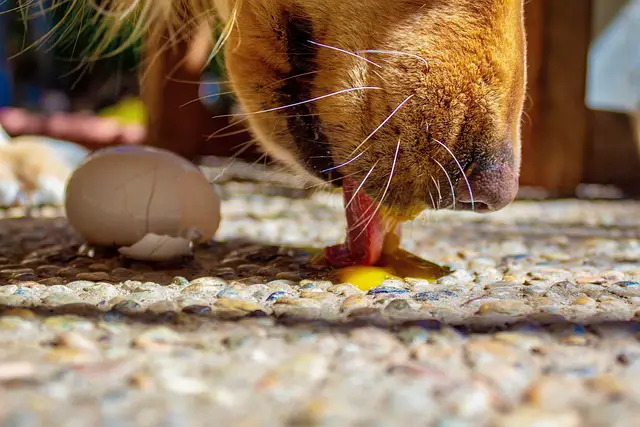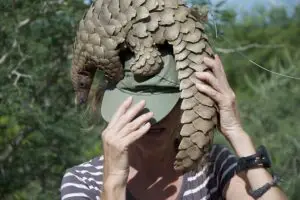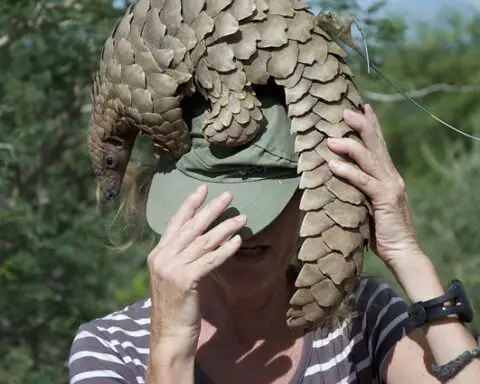Introduction
The raw food diet is a trend that has gained popularity in the past few years. It’s the idea that your pet should eat a diet consisting of raw meat, bones and vegetables instead of cooked or processed foods. This can be quite controversial, as some believe that feeding raw food to your dog is dangerous for them. However, other veterinary experts say it’s perfectly safe to feed your best friend this type of diet without any side effects at all! In this article we will look into what exactly makes raw dog food so healthy for your pup
What is raw food?
What is raw food?
Raw food is uncooked and unprocessed. It’s not heated above 115 degrees Fahrenheit, which means it’s not cooked, but it can still be dehydrated or frozen. Raw meat, fish and eggs contain enzymes that help your pet digest their meals more easily.
Raw diets are made up of meat (from chicken to beef), vegetables (such as potatoes), fruits (like apples) and nuts like almonds or walnuts—but no grains! Raw foods contain more natural vitamins than processed ones because they haven’t been tampered with by heat or chemicals; they have also been fed organically grown food instead of chemical pesticides that may be harmful over time if ingested regularly by humans who eat them regularly too!

Raw dog food diet basics
Raw dog food is not a fad diet. It’s been around for centuries, and dogs have been eating raw meat since they were domesticated. Dogs are built to eat raw foods: their digestive systems are short and require minimal chewing time, which allows them to get the nutrients they need quickly without excess fillers or additives that can cause indigestion or discomfort.
Dogs are carnivores—they hunt and kill prey (usually small mammals), then consume the flesh of that animal whole. This means they have a different digestive system than humans do; unlike us who can digest grains as well as meat (or at least tolerate them), dogs cannot handle grains well because their teeth don’t make contact with them during mastication—the process by which food is chewed up into smaller particles before being swallowed—and instead just grind against each other in an attempt to break down what has already been digested in your mouth!
How to feed raw dog food
How much to feed:
Dogs must be fed a healthy diet that meets their nutritional needs. A good rule of thumb is to feed your dog 1/2 cup (or about 50 grams) every day. This can be done in three meals, or as part of a meal plan for the day. If you have multiple pets, consider feeding them separately so that each can receive adequate nutrition without competing for food resources or being overfed by one animal’s waste product.
How often should I feed my dog raw dog food?
The amount of time between meals depends on how active your pet is and how much they eat at each mealtime; however most dogs will not need more than two meals per day with separate snacks in between if they are eating well enough (see below).
Advantages of raw dog foods
Raw dog foods are better for your dog, better for the environment and better for your wallet.
Raw food is an excellent way to feed your pet a healthy diet that will support their health and well-being. Raw diets are more natural than processed foods and provide all of the essential nutrients required by dogs. They also contain less fat than cooked products, which can help reduce digestive problems in some breeds of dogs with sensitive stomachs such as Golden Retrievers or Labrador retrievers (1).
There are several advantages to feeding your furry friend a raw diet.
There are several advantages to feeding your furry friend a raw diet. First, raw food is more nutritious than processed food. Raw meats contain enzymes that help break down the proteins in meats, making them easier for animals to digest. This means they get the nutrients they need faster and with fewer side effects—and it also means you don’t have to worry about your dog getting sick from eating something he shouldn’t have! Raw foods also contain vitamins, minerals and antioxidants that can protect against oxidative stress on the body (i.e., free radicals).
Raw diets also tend to be higher in Omega-3 fatty acids than grain-based foods like kibble do because grains contain phytic acid which inhibits absorption of these essential fats from their source (flaxseed oil). If you feed your pet this type of diet every day then eventually his body will become deficient in these important nutrients which may lead him into some serious health problems later down the line!
Raw diets are better for teeth too! Dogs who eat cooked food have an increased risk of developing BAD breath due their lacklustre dental hygiene practices due its high starch content compared with other types such as whole eggs
Conclusion
It’s important to remember that not every raw food diet is right for every dog. So if you have an older pet or a more advanced one, we would recommend that you consult with your veterinarian before feeding them a raw diet. Your vet should be able to provide recommendations for specific diets and meal amounts so as not to overload on nutrients or cause unhealthy weight gain!










